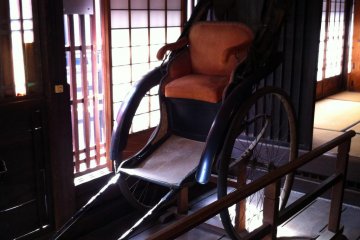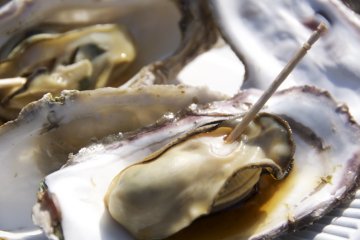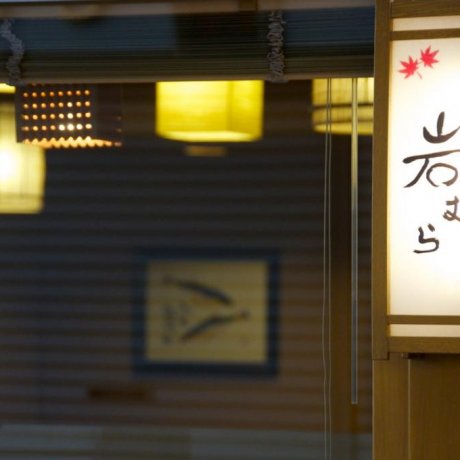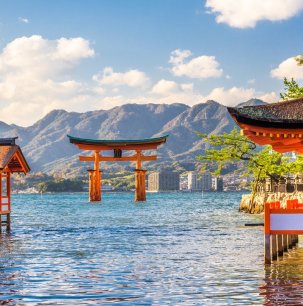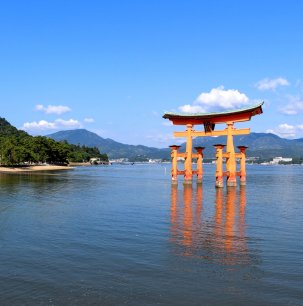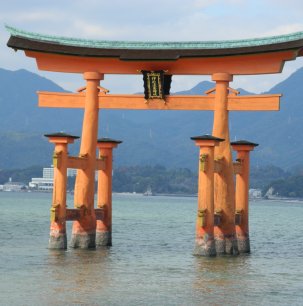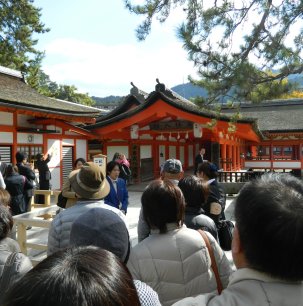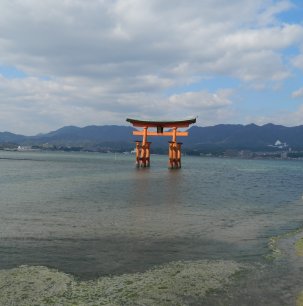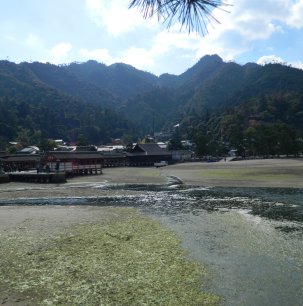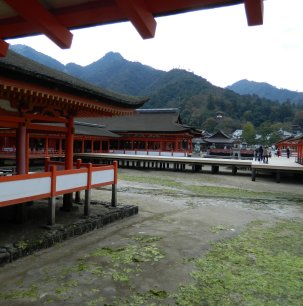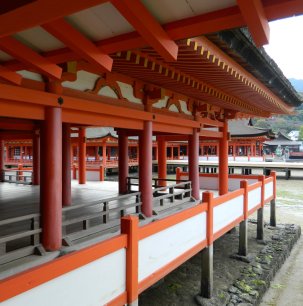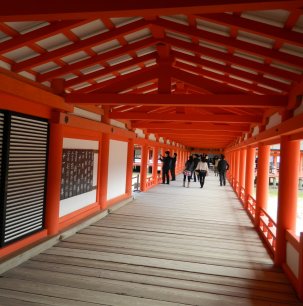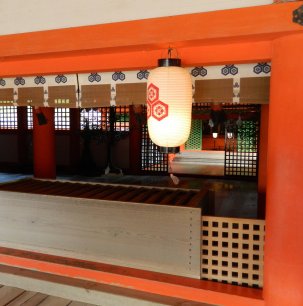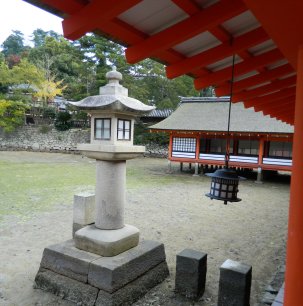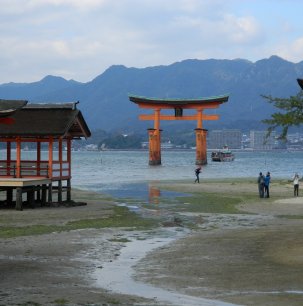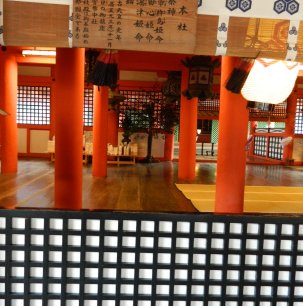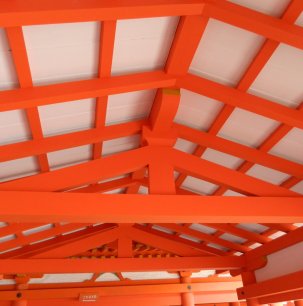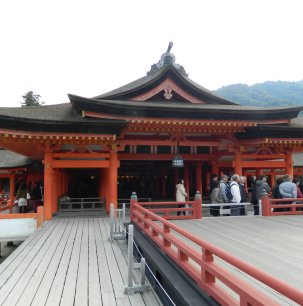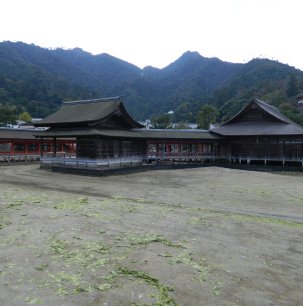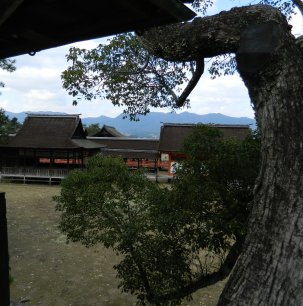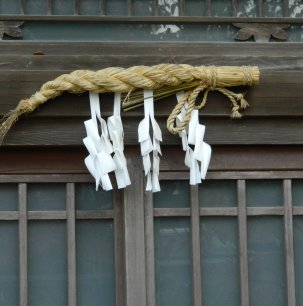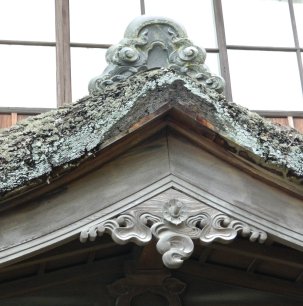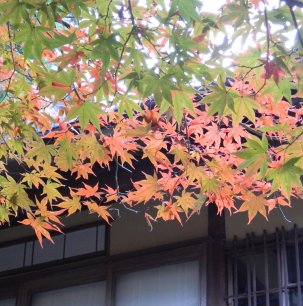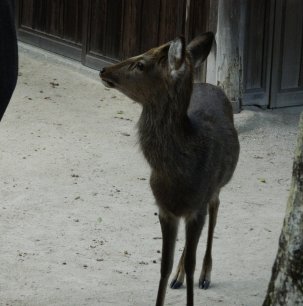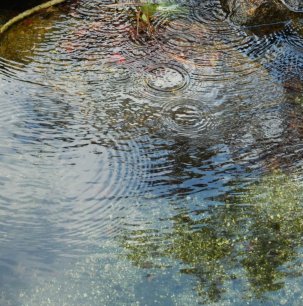
Things to do in Miyajima
All
Activities
Culture
Food
Shopping

Culture
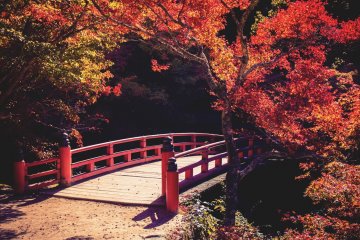
Culture
Momijidani Park

Shopping
Miyajima Omotesando Shopping Street

Culture
Daishoin Temple

Activities
Mount Misen
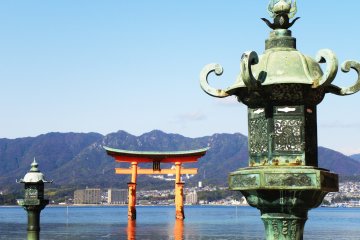
Culture
Miyajima and Heaven
4
6
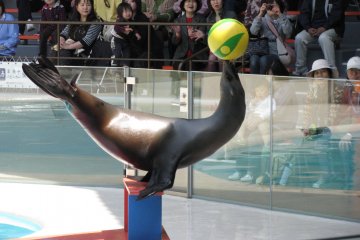
Activities
Miyajima Aquarium Specialties

Activities
Hiking Mt. Misen in Miyajima Island
3
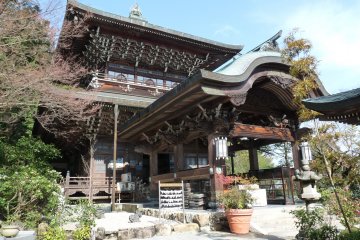
Culture
Mystical Miyajima
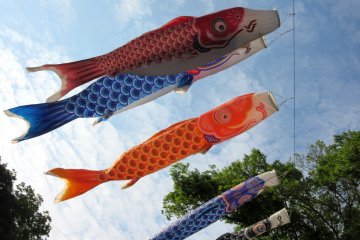
Culture
Unique Ornaments in Japan

Culture
Meandering Through Miyajima
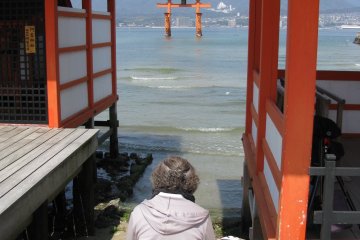
Culture
Japanese Kaleidoscope
5

Culture
The Beauty of Miyajima Island
5

Culture
Miyajima Momijidani Park
2
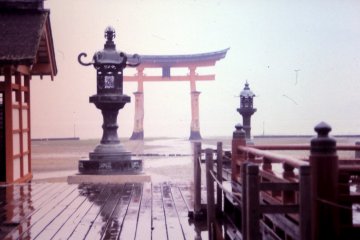
Activities
Reminiscing About Miyajima
2

Food
Wa Cafe Hayashiya
1

Activities
On Top of Miyajima
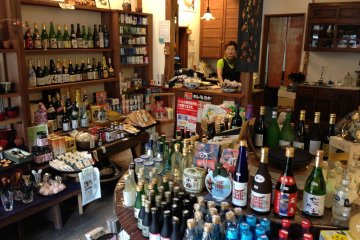
Shopping
Kubota Liquor Shop, Hiroshima

Culture
Miyajima Walking Tour
1

Culture
Daisho-in Temple, Miyajima
3

Culture
Miyajima's Five Story Pagoda
1

Food
Iwamura, Miyajima
3

Activities
Miyajima in Photos
8
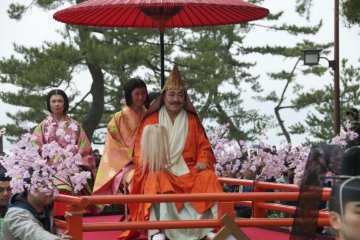
Culture
Kiyomori Festival

Activities
Hiroshima's Momiji Maple Leaves

Activities
Miyajima Island, a different view
3
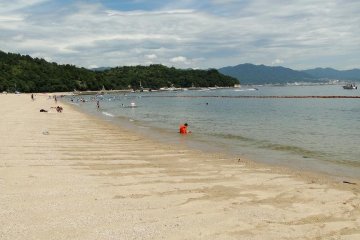
Activities
Tsutsumigaura Beach
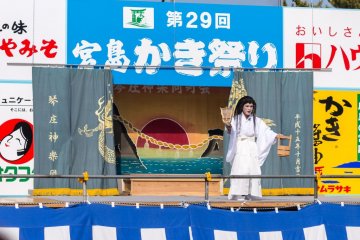
Culture
Oyster Festival in Miyajima
13

Activities
Mt. Misen on Miyajima island
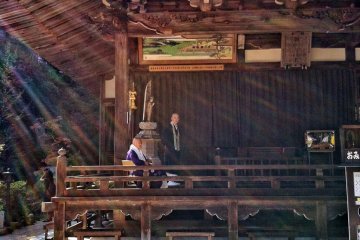
Culture
Miyajima's Daisho-in Temple
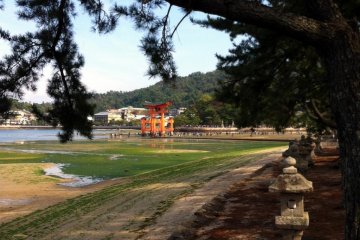
Food
Kiyomori-Chaya
1

Culture
Senjo-kaku and Goju-no-to Pagoda
1
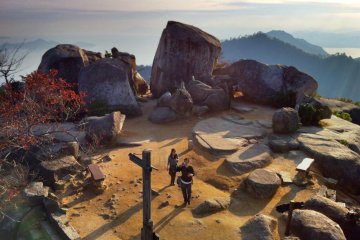
Activities
Hike Up Mt. Misen on Miyajima Island
3

Culture
Itsukushima Shrine, Miyajima
7

Activities
Miyajima in Autumn
907
3
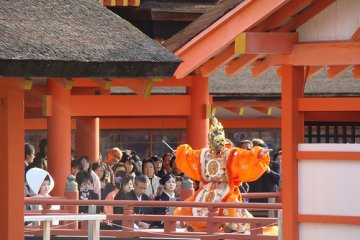
Culture
Itsukushima Floating Shrine

Culture
Miyajima Aquarium

Activities
Mount Misen

Activities
Miyajima Aquarium Specialties

Activities
Hiking Mt. Misen in Miyajima Island
3

Activities
Reminiscing About Miyajima
2

Activities
On Top of Miyajima

Activities
Miyajima in Photos
8

Activities
Hiroshima's Momiji Maple Leaves

Activities
Miyajima Island, a different view
3

Activities
Tsutsumigaura Beach

Activities
Mt. Misen on Miyajima island

Activities
Hike Up Mt. Misen on Miyajima Island
3

Activities
Miyajima in Autumn
907
3

Culture
Momijidani Park

Culture
Daishoin Temple

Culture
Miyajima and Heaven
4
6

Culture
Mystical Miyajima

Culture
Unique Ornaments in Japan

Culture
Meandering Through Miyajima

Culture
Japanese Kaleidoscope
5

Culture
The Beauty of Miyajima Island
5

Culture
Miyajima Momijidani Park
2

Culture
Miyajima Walking Tour
1

Culture
Daisho-in Temple, Miyajima
3

Culture
Miyajima's Five Story Pagoda
1

Culture
Kiyomori Festival

Culture
Oyster Festival in Miyajima
13

Culture
Miyajima's Daisho-in Temple

Culture
Senjo-kaku and Goju-no-to Pagoda
1

Culture
Itsukushima Shrine, Miyajima
7

Culture
Itsukushima Floating Shrine

Culture
Miyajima Aquarium

Shopping
Miyajima Omotesando Shopping Street

Shopping




